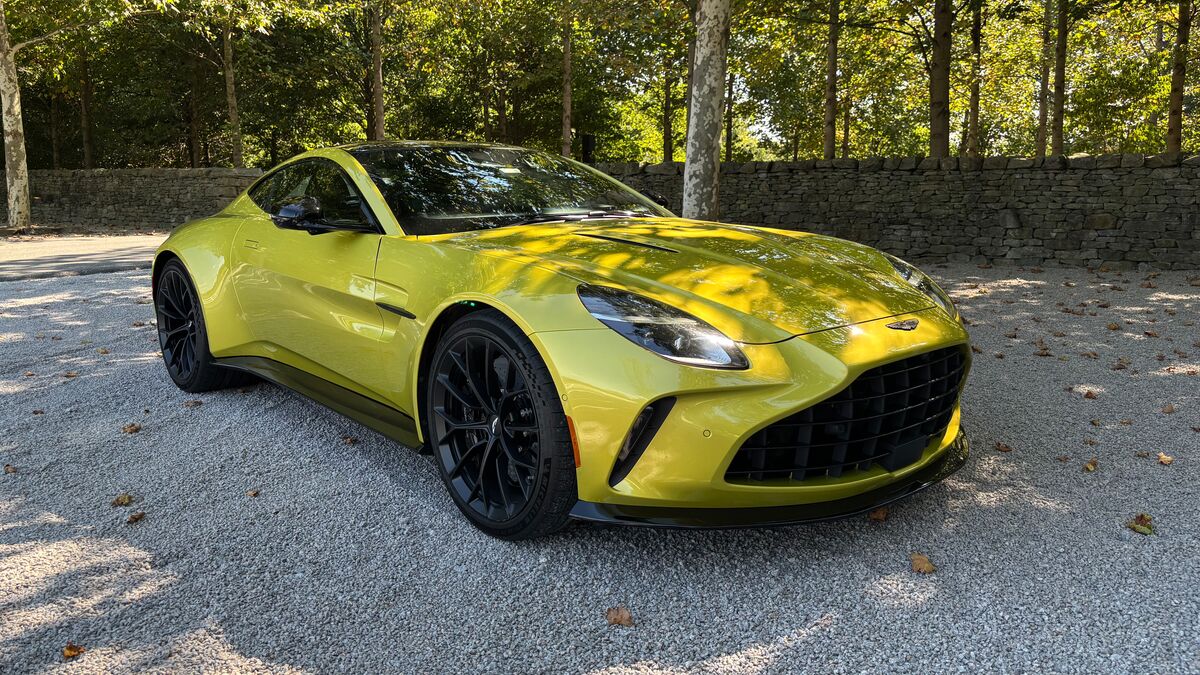Previewing an ultimate crossover SUV that’s slated to arrive sometime in 2015, the Lamborghini Urus Concept made its stunning world debut at the 2012 Auto China exhibition in Beijing. Sporting the boldest looks and baddest attitude of anything in its class, this all-wheel drive on/off-road warrior leaves no doubt about its family heritage, even deriving its name from a large, wild ancestor of today’s Spanish fighting bull.
Owned by Audi AG and part of the Volkswagen Group, Lamborghini plans to fully leverage that reality to bring the Urus to market at a pricepoint rumored to be around $200,000. That process will start by basing the production version on a bespoke variation of the aluminum-intensive platform architecture set to underpin the next-generation Audi Q7 and Porsche Cayenne. The game plan also calls for utilizing a comprehensive array of weight-reducing materials and technologies to improve its operating efficiencies.
Save for indicating that the Urus will be fitted with an engine that produces roughly 600 horses and has the lowest CO2 emissions of all comparable vehicles, Lambo execs remain tight-lipped about exactly what we can expect to see under its hood. While a V10 is possible, the more likely Urus motivator now seems to be a tweaked version of Audi’s 4.0-liter twin-turbo V8, with or without some kind of hybrid assist. In addition to its full-time all-wheel drive with stability/traction control, the Lamborghini Urus Concept also features a sport-tuned height-adjustable suspension.
Living up to Lambo’s pre-reveal hype that its new SUV would be a "revolutionary presence," the bright red Urus Concept is a striking visual exercise that embodies a unique interpretation of the automaker’s current three-dimensional design language elements. Purposeful angles and edges of its largely carbon-fiber body panels interact with a dynamic but extremely low roofline and low-profile greenhouse to create distinctive proportions that are effectively complemented by its bold LED lighting elements and an aero-adjustable front spoiler. The Urus’ prominently flared fenders house huge 335/30 tires on equally over-the-top 24-inch matte-finished forged-aluminum wheels and the conventional side-view mirrors are replaced by slim-line minicams.
The overriding think-light theme also carries over into the cabin of the Urus Concept, which Lamborghini says offers "plenty of space for four and generous amount of luggage or shopping." The automaker’s patented Forged Composite carbon-fiber material dominates this realm, being used for structural elements in the dash and center console as well as for the individual bucket seat frames which hold modestly-scaled leather-covered cushions. Flanked by shifter paddles that control operation of its dual-clutch transmission, the multifunction steering wheel in the Urus Concept overlooks a programmable TFT (Thin Film Transistor) instrument cluster. Operation of the navigation, entertainment and climate control systems are handled via a touchscreen on the center tunnel, with rear-seat passengers also having their own separate screen.
"The Urus is a very concrete idea for the future of Lamborghini – as a third model line and as the perfect complement to our super sports cars," noted Stephan Winkelmann, President and CEO of Automobili Lamborghini. "SUVs stand for freedom and emotion. SUVs make up one of the most successful market segments worldwide. The Urus is the most extreme interpretation of the SUV idea; it is the Lamborghini of the SUVs." While primarily targeted at the U.S., the production Urus also will seek to attract buyers in the United Kingdom, Germany, Russia, the Middle East and China. Lamborghini projects annual sales of around 3,000 units for the new Urus. That would be roughly 10 times the total production of its first SUV model, the boxy LM002, a 450-horsepower 4×4 derived from a military vehicle that sold in genuinely limited numbers from 1985-1992.







